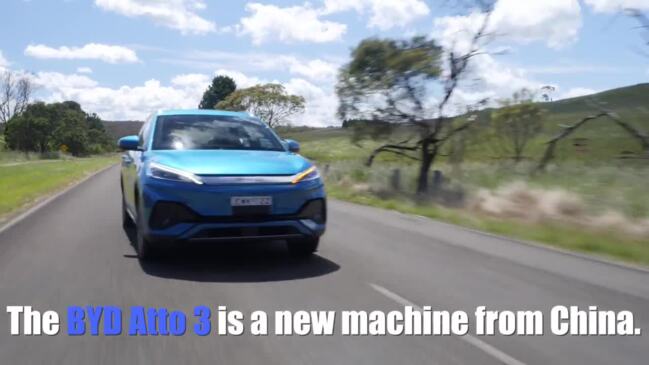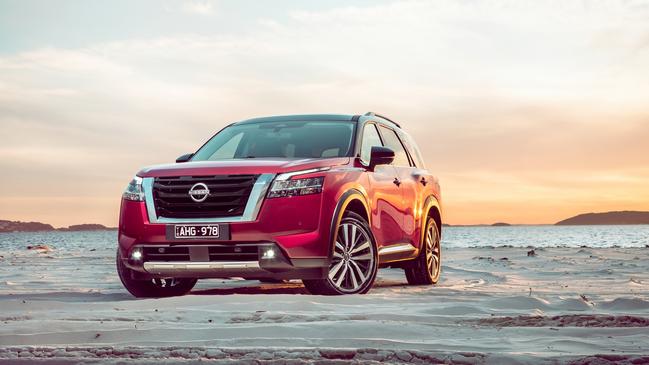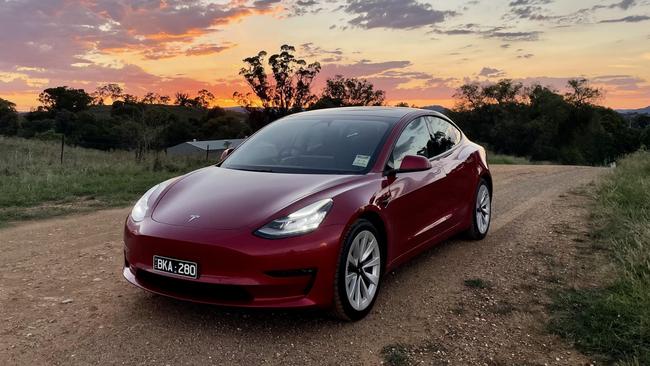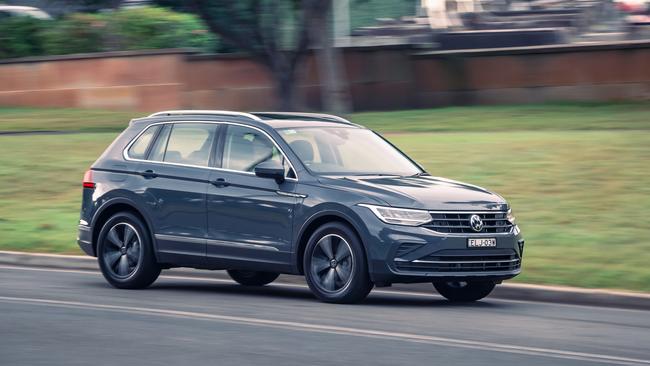The cars hit with the biggest price rises revealed
A combination of factors have created a perfect storm that is wreaking havoc on the new car market and hitting buyers’ wallets hard. See the models most affected.

Motoring News
Don't miss out on the headlines from Motoring News. Followed categories will be added to My News.
New-car buyers have been slugged with a new wave of price increases in the past few months.
The start of a new year is traditionally a good time to buy a new car, as manufacturers hold plate-clearance sales designed to offload last year’s models.
But continuing stock shortages mean there is little incentive for brands to keep prices in check, let alone discount.
Popular models from Toyota, Mazda, Mitsubishi, Hyundai, Kia and Ford have all had price rises in the first three months of the year, some running to thousands of dollars.
At the top end of town BMW, Audi, Mercedes-Benz, Lexus and Volvo have ratcheted prices up also.

The increases come on top of several price rises since the beginning of the pandemic.
Car makers are blaming rising inflation, raw materials prices and transportation costs for the price rises.
Market leader Toyota has been quick to increase prices on its most sought-after models.
The popular RAV4 is a case in point.
When the current version of the five-seat SUV launched in 2019 it was priced from $32,640 plus on-road costs. The luxury Cruiser model with a fuel-sipping hybrid system was $41,640. When it received a minor update late in 2022 prices jumped to $36,550 and $48,200 respectively.
Then early this year there was another price bump to $38,050 and $49,700, between 17 and 19 per cent higher than the original price.

As with other Toyota models, there have been updates to equipment levels but in the past such additions typically attracted minimal increases, if any.
The country’s top-selling off-roader, the Ford Ranger, now hits hip pockets harder.
When the new model went on sale in the middle of last year increases added up to $6000 for the more expensive variants. A price rise last month added up to $1000 across the range.
Most Toyota four-wheel drives are also more expensive than months ago.
The Fortuner and Prado increased $2000 early this year, while the LandCruiser 300 Series is up to $3500 more expensive.
The LandCruiser 70 Series – which buyers currently can’t order – had a $1600 increase late in 2022 followed by a $2000 increase to welcome in the New Year. It means some people will be paying up to $4000 more than when they ordered their car.
Toyota vice president of sales, marketing and franchise operations, Sean Hanley, says those with orders will have to pay the higher price because the brand “could not continue to absorb higher costs due to growing price pressures and lengthening wait periods”.
Lexus’ luxury equivalent of the LandCruiser, the LX, is now up to $6000 more expensive than when it hit the market less than a year ago.

Nissan launched a new Pathfinder in November and within weeks dropped the two most affordable models, citing “unavoidable supply constraints and ongoing disruption in the global production environment”.
Buyers who were initially quoted roughly $60,000 drive-away for the cheapest model were told the new entry price was $77,500 drive-away, a 29 per cent price hike.
Nissan’s not the only one to delete entry-level models and push buyers into more expensive models with more features.
Volkswagen has done it on multiple models and the most affordable Tiguan is now 24 per cent more than it was a few years ago.
In 2020, the Toyota Yaris cost $15,390 plus on-roads but with the arrival of an all-new model Toyota ditched the cheapest model and no longer offer a manual transmission.

Big price rises took the five-door hatchback off the shopping list of many. The most recent $900 price rise early this year means the cheapest Yaris is now $24,640 plus on-roads, or about $28,500 drive-away. Among the price rise gloom there are some bright lights. While the Tesla Model 3 is still more expensive than it was early in 2022, a $3400 price decrease later that year helped fuel a sales spurt that has seen it dominate its mid-sized sedan market category and become one of the top selling vehicles in the country.
The BMW iX3 electric SUV is also now $10,000 cheaper – 9 per cent – than it was when it launched in 2022.
The internal combustion engine equivalent, known simply as the X3, has headed the other way. A petrol-powered X3 with similar performance, the 30i, is 10 per cent pricier. It narrowed the margin between petrol and EV from about $27,000 to just $8400.
Rival Mercedes-Benz has also had price increases. When the new C-Class arrived early in 2022 it copped a big increase and has since risen another few thousand dollars, taking the overall hike to 29 per cent in three years.
The GLC300 SUV is mostly unchanged but is now 19 per cent more expensive than it was in 2020.
Originally published as The cars hit with the biggest price rises revealed




